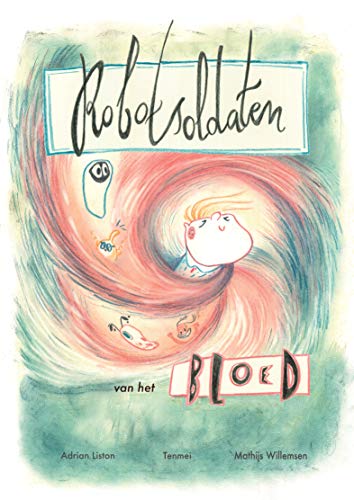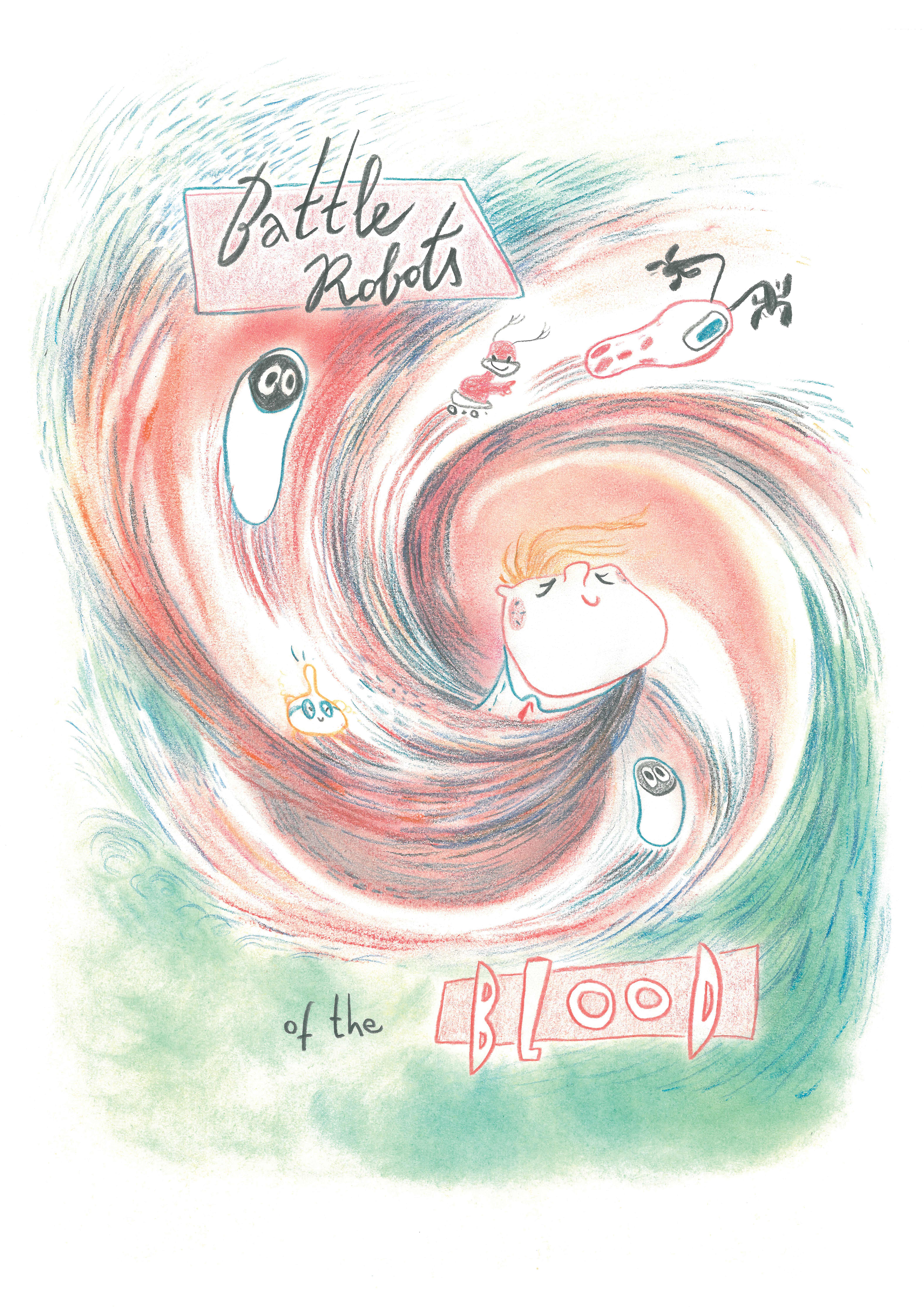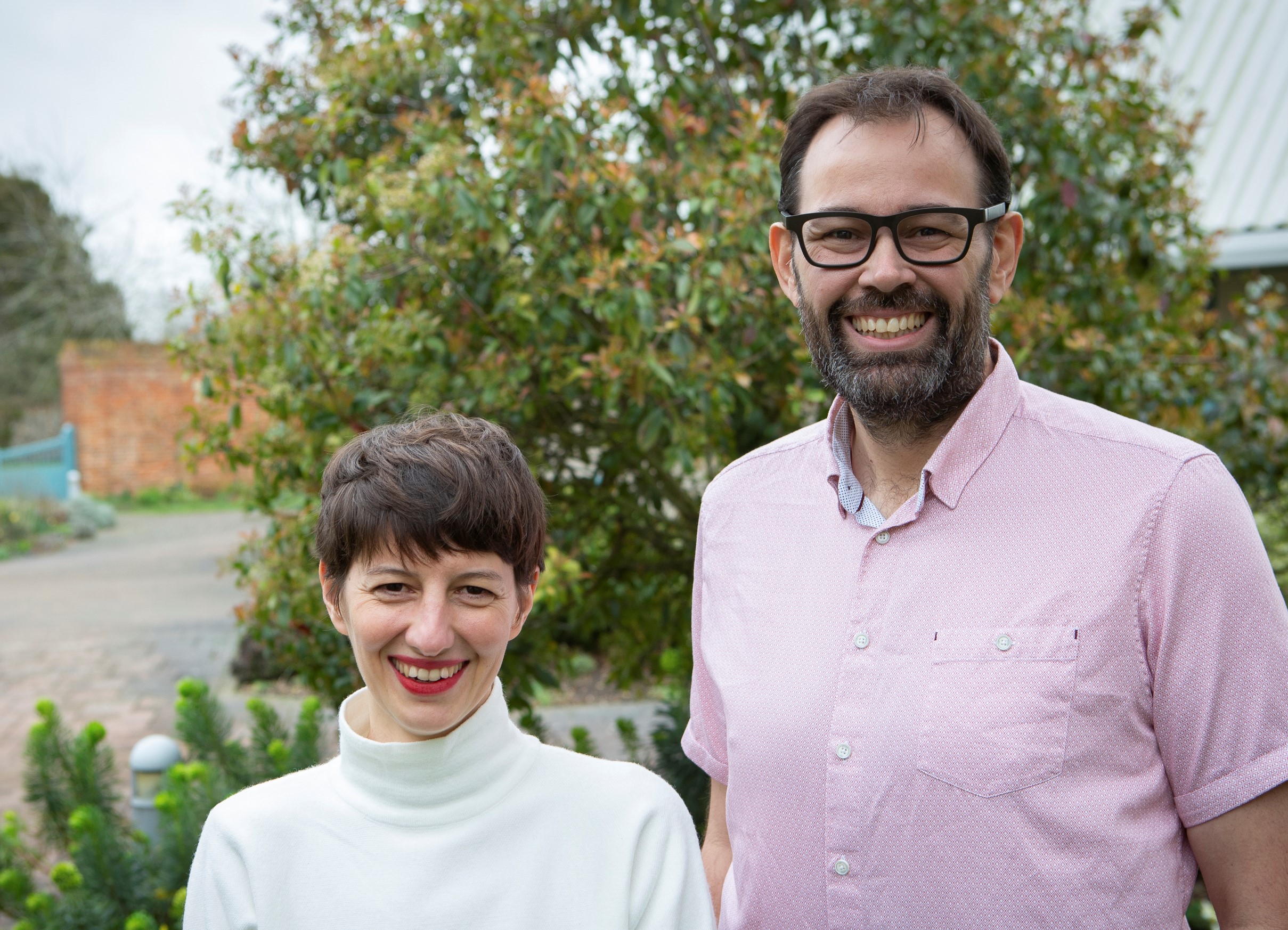Listen in to the latest Nature Podcast to hear an interview about the Translational Immunology lab! You can download the interview here, or read the transcript below.
Geoff Marsh: It's that time of year again when we celebrate the Eppendorf Award for Young European Investigators, in partnership with Nature. This year's winner is Professor Adrian Liston, Group leader at the VIB Translational Immunology Lab, at the University of Leuven, Belgium. Adrian was awarded the prize for his multifaceted work on some of the fundamental mechanisms of the immune system as well as creating new therapeutic approaches for immunological diseases. Not only does he win twenty thousand euros, but as is traditional, he shares details about his research with Nature. I travelled to the European Molecular Biology Laboratory Advanced Training Centre to meet Adrian and to try my best to summarise his many achievements into a ten minute podcast.
GM: Tell me, is now an exciting time to be an immunologist?
Adrian Liston: It’s a brilliant time to be an immunologist! We are seeing new tools coming online that allow us to answer questions that just couldn’t be answered several years ago. We can now sequence entire genomes of individuals to try to match up the variation in the genome with the variation in the immune system.
We can also use strategies such as single-cell sequencing to look at the heterogeneity that is present within an immune population. Previously, we were trapped looking at bulk populations and there was an assumption that all the immune cells of a particular subset were the same. Now we know that that is not the case, and we can use these new tools to try to dissect that heterogeneity.
GM: First of all, let’s hear about your lab’s gene-discovery programme.
AL: We’ve had a number of successes on this front. One of the most recent just came out in Science Translational Medicine. In this paper, we looked at a large family that had a disease associated with inflammation of the skin — very severe skin lesions. We sequenced their genomes, found the mutated gene and then went further into the mechanism to find out how that mutation is actually causing disease. The great thing in this case was that the mechanism of the disease was excessive production of a single cytokine, interleukin (IL)-1b, and there happens to be a drug that targets IL-1b. The responses were amazing in the preliminary trials that we ran and it looks like this is going to be a disease that, when it’s diagnosed in the future, should be treated very simply and effectively by a single drug.
We have also looked at another disease called FHL, or familial hemophagocytic lymphohistiocytosis. The genetics of this disease have been known for a while. It’s caused by mutations in the gene encoding perforin or other genes downstream. These mutations prevent T cells or natural killer cells killing affected cells. However, surprisingly enough, the main clinical symptoms are not a defect in the response to infections, but rather an over-response. We tried to work out, in a mouse model of this disease, why you had this separation between a defect in clearing a virus and an excessive immune response downstream. It turns out that when you cannot use one arm of the immune system, the perforin pathway, you end using a different arm — interferon-g production. Now, when you are excessively activating the second arm, the excessively activated cells can suck out of the system all of a cytokine called IL-2. Unfortunately, IL-2 is essential for another cell type, regulatory T cells, and once you’ve lost the regulatory cells the entire immune system just starts activating on a massive scale.
GM: And, you’ve actually done some work on how regulatory T cells maintain this homeostasis.
AL: Regulatory T cells are absolutely crucial for suppressing the immune response. If you have too many, you are going to be immune suppressed. If you have too few, you are going to have inflammatory diseases because you can’t stop the immune activation. This means that we really need to have a mechanism that controls the number of Treg cells that are in the system, making sure that we are in this nice ‘Goldilocks’ zone of not too much and not too few. What we find is that there is a strong feedback loop where extra activated cells drive the production of extra regulatory cells. Conversely, when levels of regulatory cells are too high, the activated arm is shut down, which means that they are also going to be shut down, in turn, by these regulatory loops.
GM: Type 1 diabetes is an autoimmune disease, and your lab has looked at this disease from the angle of the target tissue.
AL: That’s right. We used a model of type 1 diabetes, the non-obese diabetic mouse, or the NOD mouse, and tried to investigate what are the factors that are causing diabetes in this mouse. What we found was that if we added stress onto the b-cells — the target tissue of diabetes — the b-cells from a NOD mouse were very fragile, whereas the b-cells from other mouse strains were very robust. Now, this was not immunological in nature, this was really a primary defect of the b-cells. It turns out that in the NOD mouse this is quite a simple genetic trait. There are two genes that are polymorphic in the NOD mouse, which means that the NOD b-cells, when they get stressed, are more likely to die rather than survive, and they are also more likely to undergo senescence because they can’t repair DNA breaks as well.
We then wanted to work out whether the same variation existed in humans, and we see again that there is this relationship between islets that seem to be more programmed to die upon stress and islets that were less likely to repair double-strand DNA breaks. One of the exciting possibilities that comes out of this is that if we know that fragile b-cells are a problem, then that is something that we can target. We can design drugs to try to make b-cells tougher. The mouse model we developed is something that we can start using to screen a completely new class of anti-diabetic drug — this is the first time we have had a mouse model that allows us to do this.
GM: Have you any idea what causes us to have weak islets?
AL: Certainly, in the context of the NOD mouse it’s a very simple genetic trait. In humans it’s probably much more complex. There are a few genes that are good candidates for making islets either robust or fragile, but the other really good candidate is our diet. We know in mice, we can make robust islets fragile by giving the mice more fat in their diet. I think the same thing is probably happening in humans. Certainly, in vitro you can cause the same effects in human islets. This also potentially explains the epidemiology of diabetes. It’s a genetic disorder, but it is increasing at an exponential rate. How does this happen? The only explanation can be that our environment has changed and one of the primary changes in our environment is diet.
GM: Your lab has also looked into the variation in the immune system from person to person.
AL: Yes. Several studies have just come out saying that around 20–40% of the variation is genetic. However, it does mean that something like 60–80% is completely unknown and unstudied, because this part of the variation is non-genetic, it’s environmental. We set up a study to try to understand what is the environmental driver of variation in the immune system. The way we studied this was to generate an immune-phenotyping platform, which we could use to measure the variation between individuals and then roll out for hundreds of individuals.
GM: So, what factors look to be responsible for the variation?
AL: There are a lot of minor factors that came up: body mass index, sex and so on. These factors made little tweaks to the immune system. One of the biggest factors, however, was age. As you age you have a progressive change to your immune system. Very young individuals have an immune system that is full of precursor cells that are ready to develop, whereas older individuals have an immune system that is really polarized to a type 1 inflammatory response.
Now, the largest effect that we saw was actually an effect of cohabitation. People in a couple had an immune system that was about 50% more similar to each other than it would be to a random stranger. Now, remember that genetics accounts for about 25% of the variation, so having 50% of your variation disappear just because you happen to be living together with no genetic background, that’s extremely potent.
GM: What is it about living with someone that means that this immune profile is transferred?
AL: I think that when you are living with someone there is going to be multiple different environmental factors that are going to be shared. You’re going to be more likely to share the same diet, the same exercise patterns, sleep patterns and stress. You are also going to start to share the same microbiome. The couples that we were looking at had small children living at home. Here, I think the child is going to be acting as a vector to increase the microbiome exchange even further because of course you’re changing nappies and you maybe have reduced hygiene levels in the household, and if you have enhanced microbiome transfer, you could imagine that the immune systems are going to become even more similar.
GM: What are the future directions for your lab? Will you retain this multi-pronged approach?
AL: I think it is very important in science never to get bored and for me this often involves bringing up new topics and exploring new diseases and pathways. But there is a common thread that runs through this. That thread runs through the variation that is present within individuals, how that variation changes our immune system and how the immune system then interacts with the tissue to cause disease. In the future, we want to develop our gene-discovery system, and I’m really interested in how the immune system adapts to the environment of a tissue, as opposed to how it acts in circulation. Often, as immunologists, we think of the immune system as something that can be replicated in a single-cell suspension. Flow cytometry has really revolutionized the way we do immunology, but it does give you the idea that a single-cell suspension recapitulates the immune system. Of course, it doesn’t. Immune cells are not present just in blood or in a disorganized tissue such as the spleen. Really, the immune system has to percolate into the tissues, and in the tissues you have anatomical spacing that’s important, as well as the relationship of the immune cells with the non-immune cells around it, and for this we need to look at the cells in context, in situ, how they are interacting with the organ. This is something that I see as being really important for future research.
 Saturday, March 28, 2020 at 11:43AM
Saturday, March 28, 2020 at 11:43AM 
 science communication
science communication 






